Whether you’re a seasoned gardener or just starting out with your first trowel, the magic of transforming small spaces into flourishing gardens is both exciting and fulfilling. “Simple Gardening Ideas for Small Spaces” is your gateway to discovering innovative and delightful ways to cultivate beauty and bounty, no matter how limited your area might be.
Imagine the satisfaction of watching vibrant blooms and fresh herbs thrive on your balcony, or the joy of plucking ripe tomatoes from a container on your windowsill. In this guide, you’ll find a treasure trove of practical tips and clever design ideas that make gardening accessible and enjoyable for everyone, ensuring that your small-space garden is as rewarding as it is beautiful.
With each page, you’ll grow more confident in your ability to create a lush, thriving oasis that reflects your personal style and creativity. The techniques and plant suggestions provided are carefully curated to maximize your space and minimize effort, offering you the perfect blend of simplicity and success.
Utilize Vertical Planting Solutions
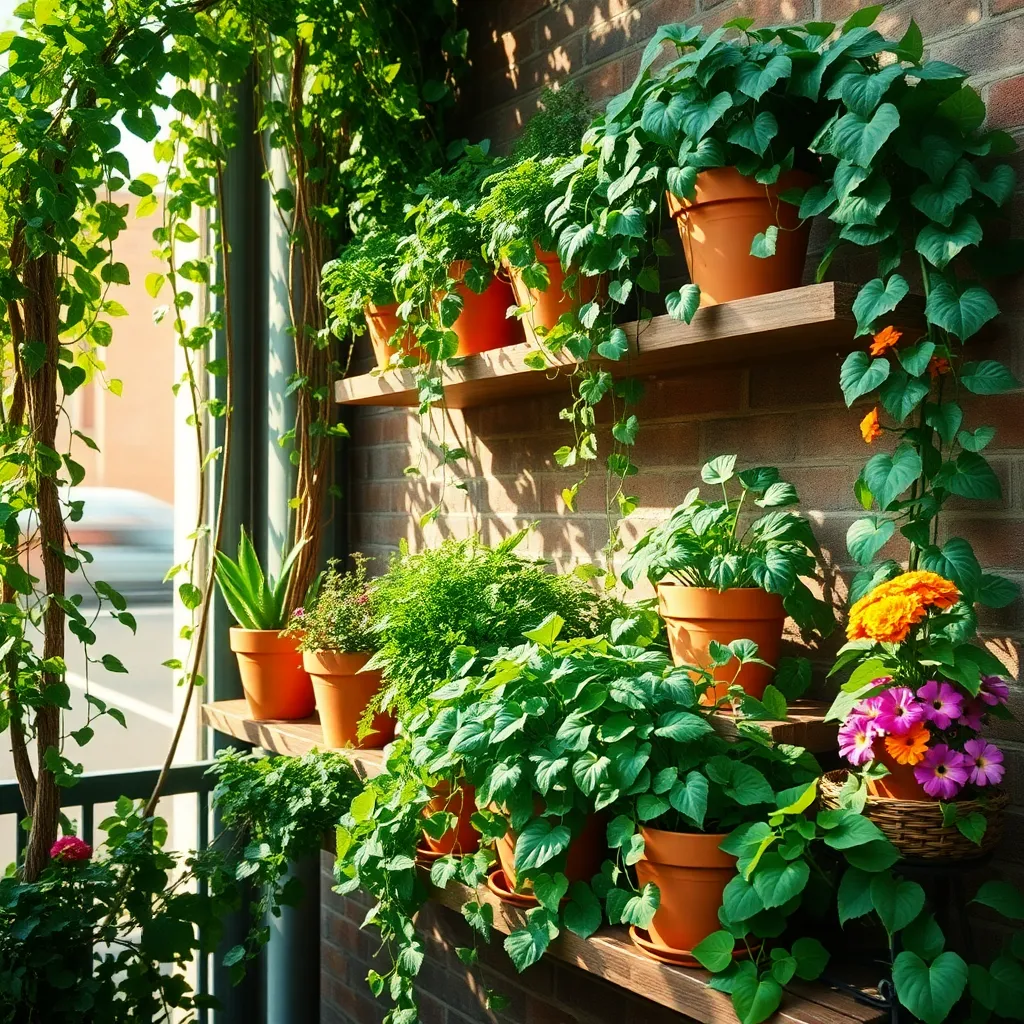
Vertical planting solutions are a fantastic way to maximize space in small gardens. By growing plants upwards, you not only save ground space but also create an attractive visual feature.
To get started, consider using a trellis or a vertical planter. Choose climbing plants like peas, beans, or cucumbers, which thrive when given support to grow vertically.
For those with less outdoor space, wall-mounted planters or hanging pots are excellent alternatives. These solutions allow you to grow a variety of herbs or flowers, such as thyme or petunias, with minimal horizontal space.
When planting vertically, ensure that your plants receive adequate sunlight, as some may be shaded by others. Watering can be more frequent for vertical gardens due to increased exposure, so monitor soil moisture levels regularly.
For experienced gardeners, experimenting with creating living walls using succulents or ferns can be a rewarding challenge. These plants require well-draining soil and indirect light, making them perfect for vertical arrangements that don’t receive full sun.
Choose Compact Plant Varieties
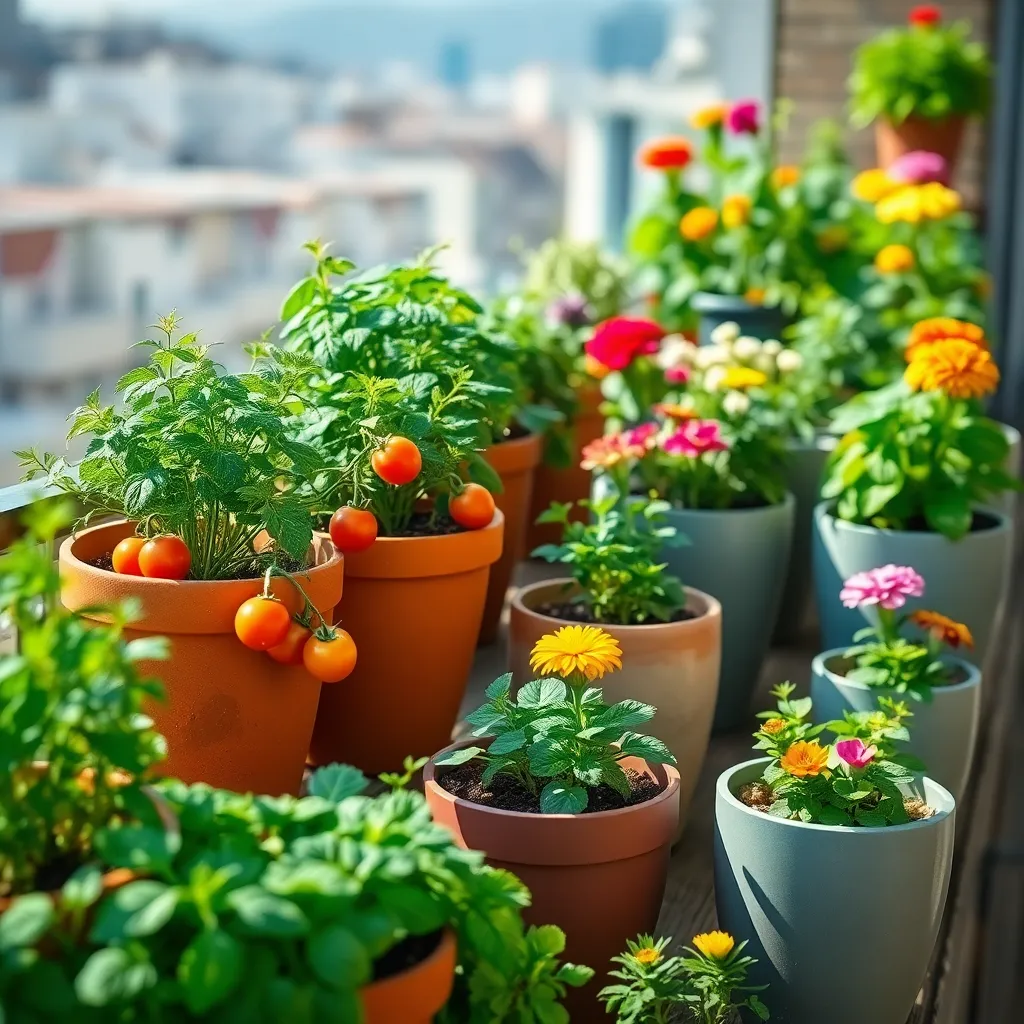
When gardening in small spaces, opting for compact plant varieties can make a significant difference in the overall success of your garden. These plants are bred to take up less room while still providing abundant foliage and blooms, making them ideal for limited areas.
Look for dwarf versions of your favorite plants, as they offer all the beauty of their larger counterparts without the space demands. For instance, compact tomato varieties like ‘Tiny Tim’ or ‘Patio Princess’ thrive in small pots and still produce a generous harvest.
In addition to size, consider the growing habits of your plants to maximize space. For example, choose bush beans instead of pole beans, as they grow in a more contained manner yet still offer a plentiful yield.
Soil quality and watering are critical when dealing with compact varieties. Make sure to use a high-quality potting mix that drains well and water consistently to ensure these plants flourish in their restricted environment.
Maximize Sunlight with Reflectors
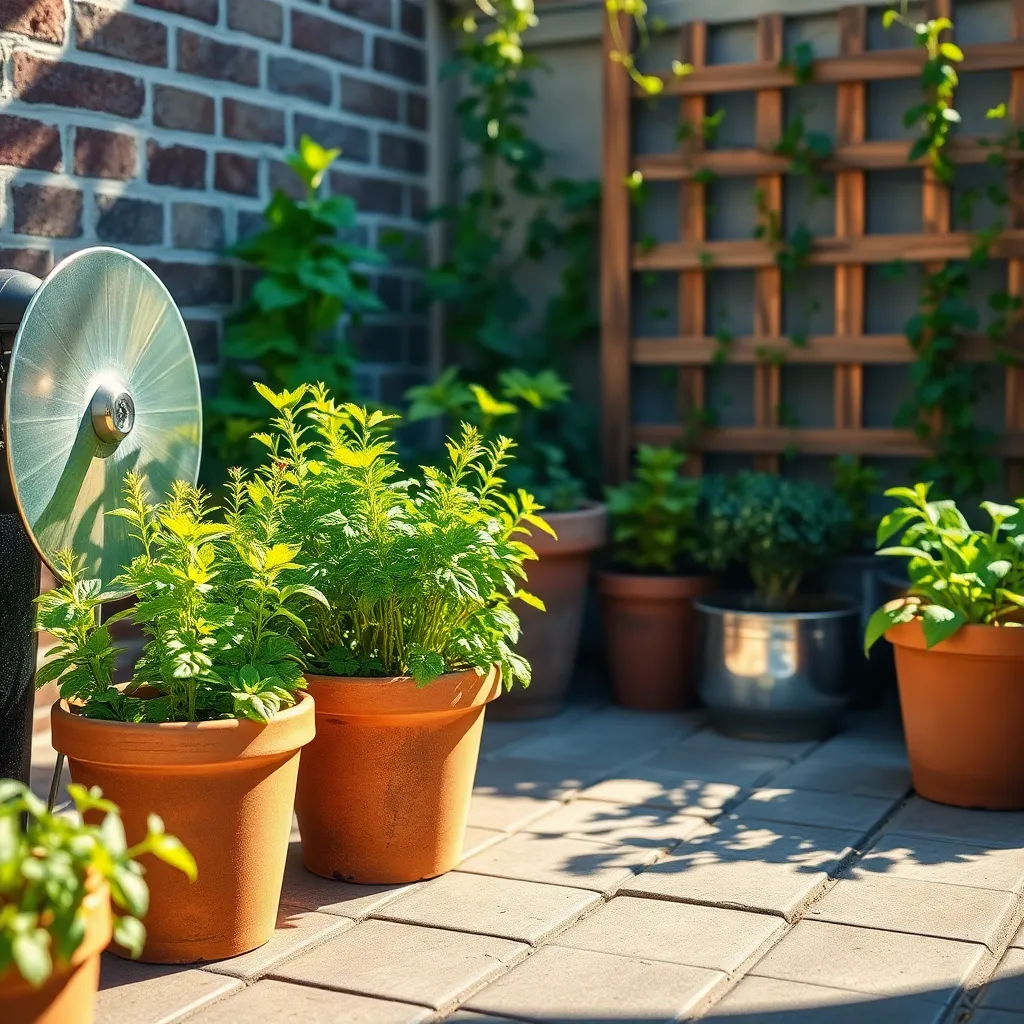
In small gardens, maximizing sunlight exposure can dramatically enhance plant growth and health. One effective way to achieve this is by using reflectors to bounce additional light onto your plants.
Place reflective materials like mirrors or aluminum foil strategically around your garden to capture and redirect sunlight. This technique is especially useful in narrow spaces or areas with limited direct sunlight.
To start, position mirrors at angles that maximize light reflection onto shaded parts of your garden. Ensure they are securely mounted to withstand wind and weather conditions.
For a budget-friendly option, use aluminum foil, which can be easily wrapped around cardboard or attached to walls. Be mindful of the intensity of reflected light, as too much can overheat your plants, so monitor their response carefully.
Reflectors are most effective when combined with plants that thrive in bright conditions, such as tomatoes or sun-loving herbs. Regularly adjust the position of your reflectors to align with the sun’s changing path throughout the seasons.
- Check your reflectors weekly to ensure they’re clean and free of debris to maintain optimal effectiveness.
- Experiment with different reflective materials and placements to find the best setup for your space.
- If using foil, replace it every few months as it can degrade over time and lose its reflective quality.
Incorporate Multi-Purpose Garden Furniture
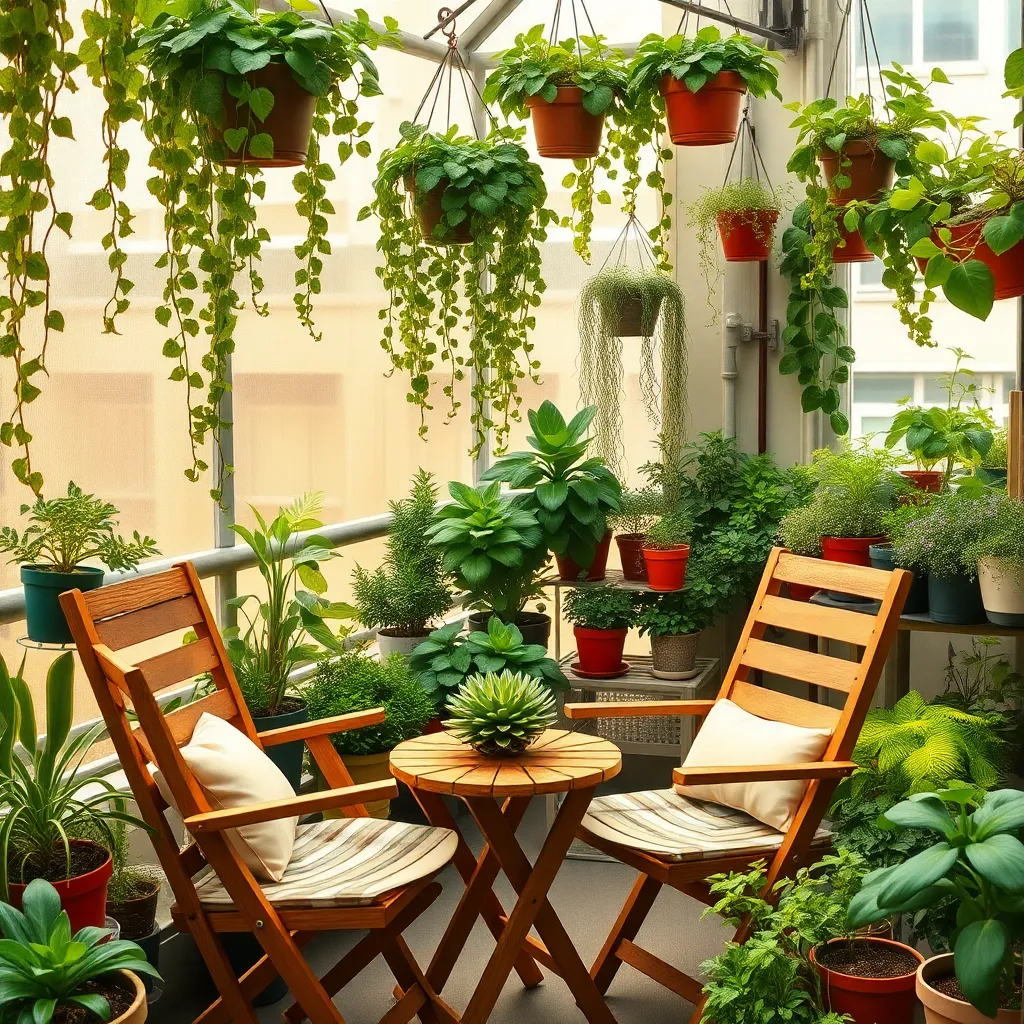
In small garden spaces, incorporating multi-purpose furniture can significantly enhance both functionality and aesthetics. Consider using a bench with built-in storage to keep gardening tools and supplies neatly tucked away, making your space more organized and accessible.
Opt for planters that double as seating to maximize utility without compromising on style. This approach allows you to enjoy your garden comfortably while ensuring even the smallest areas are effectively utilized.
Multi-functional furniture like a table with a built-in planter can add both beauty and practicality to your garden. Choose plants that thrive in container environments, such as herbs or succulents, which require minimal maintenance and can easily be replaced seasonally.
For advanced gardeners, integrating vertical plant stands into your furniture design can offer additional growing space. Ensure the furniture is sturdy enough to support the plants and use lightweight potting mix to prevent added stress on the structure.
Create a Mobile Container Garden
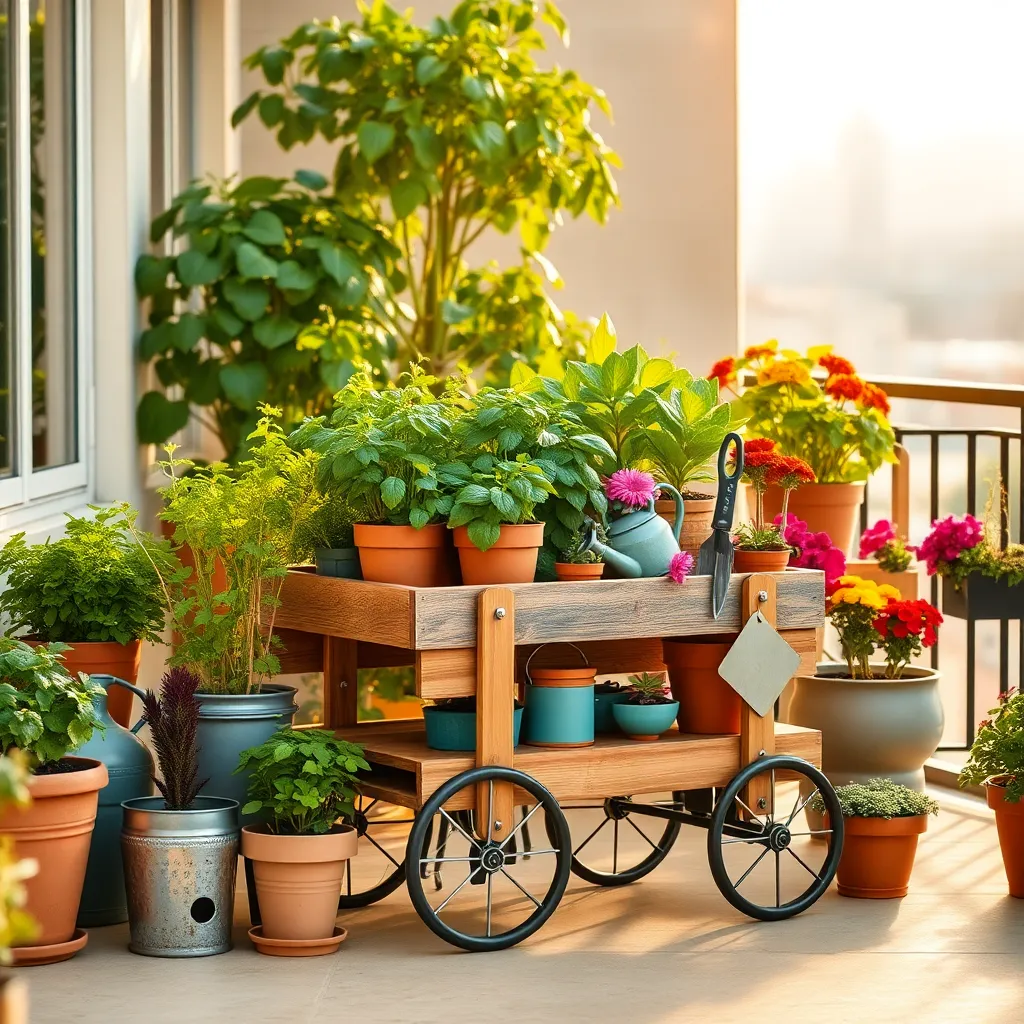
Creating a mobile container garden is a fantastic way to maximize small spaces and add versatility to your gardening efforts. With containers that are easy to move, you can adjust your garden’s layout to take advantage of optimal sunlight and protect plants from harsh weather.
Start by selecting containers that are lightweight and have built-in wheels or attachable casters. Ensure they have adequate drainage holes to prevent overwatering and root rot, which are common issues in container gardening.
Choose a high-quality potting mix that retains moisture but drains well, such as a blend of peat moss, perlite, and vermiculite. This type of soil will provide the necessary nutrients and support for a variety of plants, from herbs to flowers.
Water your mobile garden regularly, checking the soil moisture by sticking your finger an inch into the soil. If it feels dry, it’s time to water; if it feels damp, wait a day or two before checking again.
For more advanced gardeners, consider incorporating a self-watering system to reduce maintenance. These systems can help ensure consistent moisture levels, which is particularly beneficial during hot summer months when containers can dry out quickly.
Experiment with plant placement by moving containers to new spots every few weeks. This practice not only refreshes your garden’s appearance but also allows you to observe which locations yield the best growth and blooms.
Conclusion: Growing Success with These Plants
In nurturing both gardens and relationships, simplicity often holds the key to thriving success. We’ve explored five essential concepts: cultivating patience, prioritizing communication, embracing adaptability, celebrating small wins, and nurturing growth together. These ideas parallel the simple gardening practices suitable for small spaces, teaching us that with the right care, love can flourish in any environment.
As an immediate step, consider setting aside time this week to discuss with your partner or loved ones how you can incorporate these principles into your relationship. Whether it’s sharing responsibilities, being open to change, or simply appreciating the small moments, every effort contributes to a stronger bond.
I encourage you to bookmark this article as a handy reference, a guide you can return to whenever you need a reminder of the simple yet profound ways to enhance your relationships. Remember, cultivating a relationship is an ongoing journey, much like tending to a garden. With commitment and care, your relationships can bloom beautifully in the months and years to come. Save this article and take the first step today toward a thriving relationship that stands the test of time.
